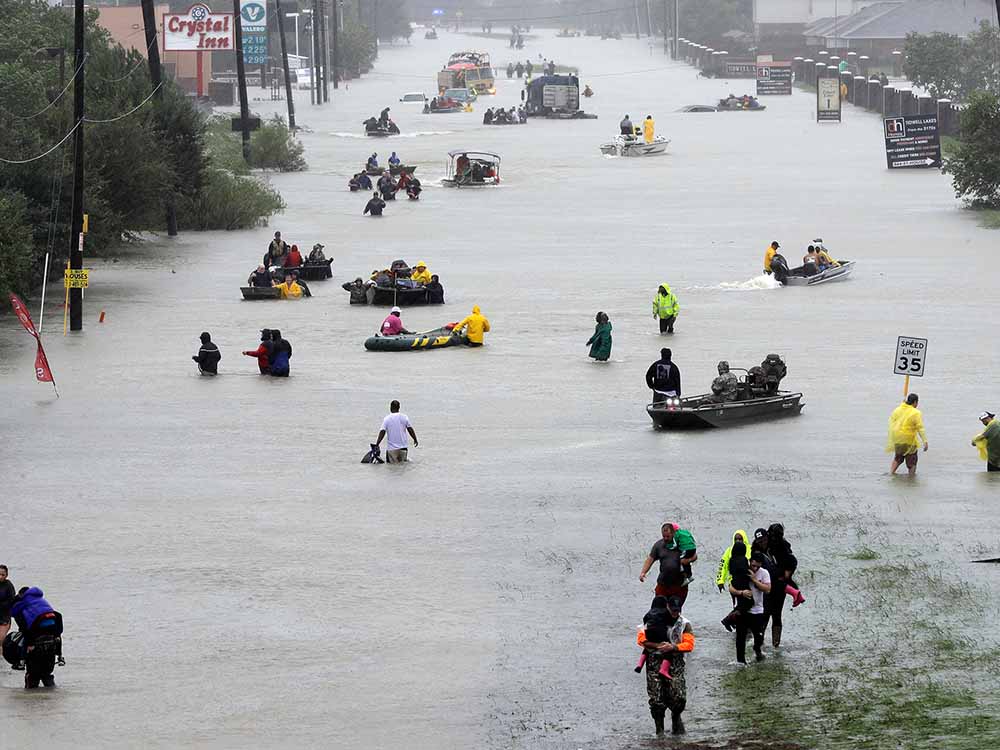Arrival of Hurricane Harvey:
In late August 2017, Hurricane Harvey made landfall near Rockport, Texas, as a powerful Category 4 hurricane with winds reaching up to 130 mph. The storm’s size and intensity posed an immediate threat to coastal communities and cities along the Gulf Coast.
Unprecedented Rainfall and Flooding:
Harvey’s most notable impact was the staggering amount of rainfall it unleashed over southeastern Texas. The storm stalled over the region, resulting in unprecedented and prolonged rainfall that led to catastrophic flooding in Houston and surrounding areas. Some areas received over 50 inches of rain, causing rivers, bayous, and reservoirs to overflow.
Heroic Rescues and Community Response:
As floodwaters rose, first responders, volunteers, and citizens came together to conduct countless rescues. People used boats, rafts, and even improvised flotation devices to rescue stranded residents and pets. The selflessness and resilience of communities in the midst of the disaster showcased the strength of human spirit.
Evacuations and Emergency Shelters:
With floodwaters spreading, mandatory evacuations were ordered in many areas. Thousands of residents sought refuge in emergency shelters, which faced challenges in accommodating the influx of displaced individuals and families. The disaster highlighted the importance of disaster preparedness and response planning.
Long-Term Recovery and Rebuilding:
Following the storm’s aftermath, the focus shifted to long-term recovery efforts. Homes, businesses, and infrastructure were severely damaged or destroyed. Federal and state agencies, as well as non-profit organizations, played crucial roles in providing assistance, financial support, and resources to help affected communities rebuild.











